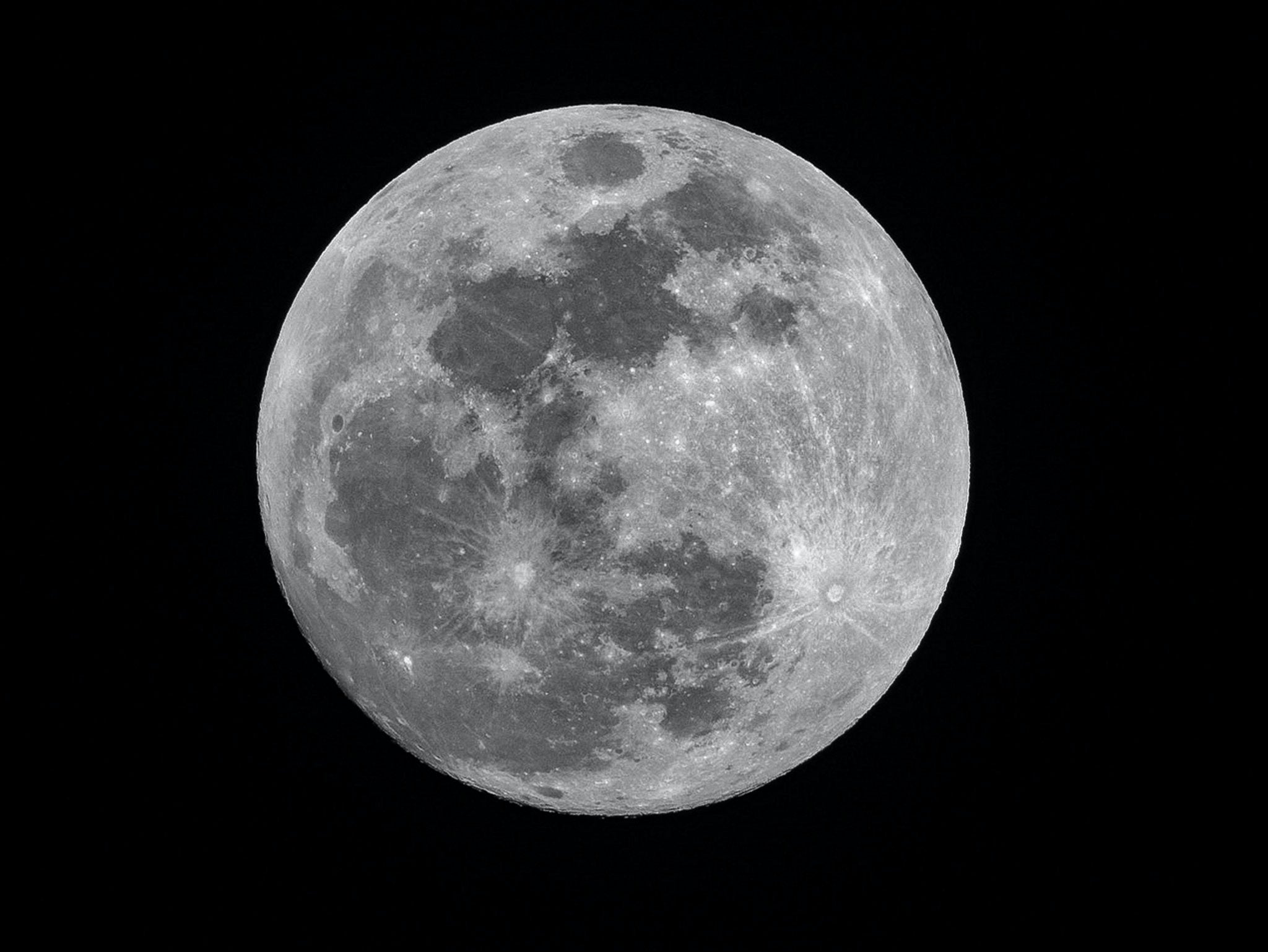The Independent's journalism is supported by our readers. When you purchase through links on our site, we may earn commission.
Nasa and Nokia to build internet on the moon
The network will allow robots to navigate and astronauts to communicate using audio and video.

Nasa has selected Nokia to build the first mobile phone network on the moon.
Last week, the space agency announced that it had selected 14 agencies to develop technology that would allow for sustainable moon missions by the end of the decade.
Over $370 million was awarded to a number of companies, with $14.1 million going to Nokia of America.
The network will provide communication for data transmission, including command and control functions, the remote navigation of lunar robots, and streaming high-definition video.
Astronauts will be able to communicate via voice and video as well as exchange biometric data through the wireless communications, Nokia says.
Setting up a lunar network is more challenging than achieving the same task on Earth, but Nokia says that its equipment has been specifically designed to withstand both the difficult conditions of the launch and will continue to operate in space without an atmosphere.
Nokia also expects to upgrade from a 4G to a 5G system in time.
"Leveraging our rich and successful history in space technologies, from pioneering satellite communication to discovering the cosmic microwave background radiation produced by the Big Bang, we are now building the first ever cellular communications network on the Moon”, Marcus Weldon, Chief Technology Officer at Nokia, said in a statement.
“Reliable, resilient and high-capacity communications networks will be key to supporting sustainable human presence on the lunar surface.”
The move is a part of Nasa’s $28 billion plan to send the first woman and the next man to the moon, the first time since 1972 that humans have set foot on its surface.
The plan involves test flights in 2021 and 2023, before a crewed mission in 2024.
After establishing a human base on the moon, Nasa then plans to use it as a stepping stone to facilitate human exploration of Mars.
“We’re going back to the moon for scientific discovery, economic benefits, and inspiration for a new generation of explorers. As we build up a sustainable presence, we’re also building momentum toward those first human steps on the Red Planet”, Nasa administrator Jim Bridenstine said last month.
This is not the first time that Nasa has attempted to launch a mobile network on the moon.
In 2018, Nokia and Vodafone worked with Nasa to try and launch ultra-light mobile masts using a SpaceX Falcon 9 rocket; the project, however, was never completed.
Join our commenting forum
Join thought-provoking conversations, follow other Independent readers and see their replies
Comments


Bookmark popover
Removed from bookmarks